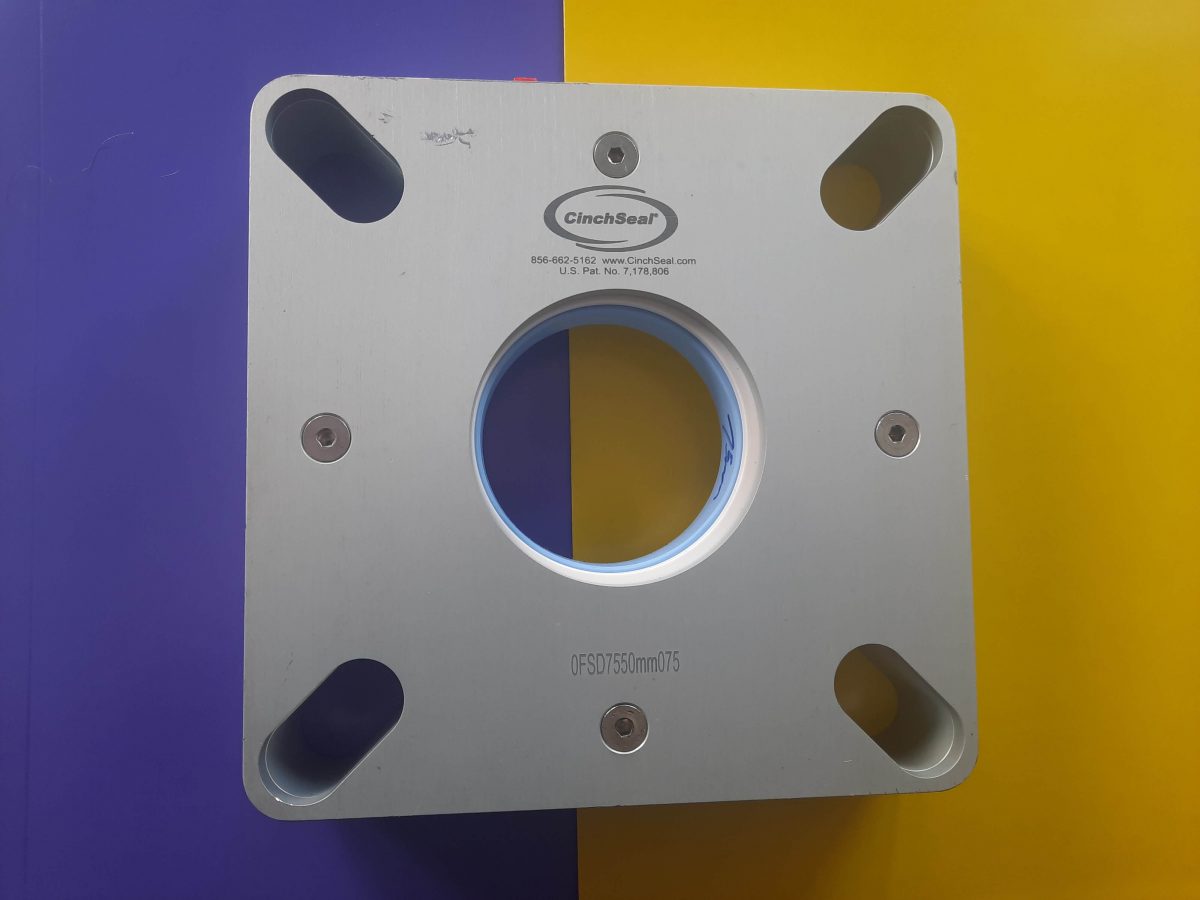If you work with rotating equipment, you’ll know that rotary shaft seals are one of the essential components you’ll ever need. These seals play a crucial role in protecting your equipment from leakages while making sure lubricant stays in.
When choosing a rotary shaft seal, there’s no ‘one size fits all’ design. Instead, you’ll need to consider the material of your seal, the component you need the seal for, and the hardness and roughness of the shaft’s surface.
If you need a new seal but you’re not sure where to start, we’re here to guide you through everything you need to know about rotary shaft seals and how to choose the right one for your equipment.
What Are Rotary Shaft Seals?
Rotary shaft seals provide a sealing functionality that sits between a rotary shaft and fixed housing. They help to exclude contaminants like dirt, grease, water and other particles from your rotary shaft equipment, so you can increase your equipment’s longevity and make sure it runs smoothly. The outside of the rotary seal is fixed to the housing, and the seal’s inner lip sits against your equipment’s rotating shaft.
The Most Common Seal Materials
Shaft seals are made from different materials, including leather, silicone, and synthetic rubber. When choosing the material of your shaft seal, consider the conditions you’ll be working in. Some materials will perform poorly in high temperatures, and others will wear quicker with cool conditions.
Some of the most common materials include:
- Silicone
- Fluorosilicone
- Fluorinated Ethylene
Remember: Each material will withstand different temperatures and frictions. You can consult our ‘guide to choosing the best rotary seal’ here to find out more.
One of the most efficient materials for rotary shaft seals is polytetrafluoroethylene (PTFE). This material is a synthetic fluoropolymer. It’s hydrophobic, resistant to high temperatures, low friction, and resistant to wear and tear, making it a popular choice for many different components.
PTFE compounds also have outstanding corrosion protection, food-grade compliance, flame resistance, and excellent chemical resistance. In addition, because PTFE components are low friction, they can slip over the highest points of the rotary shaft without lubrication.
There are different grades of PTFE to choose from, including carbon filled PTFE, bronze PTFE, glass filled PTFE, and stainless steel filled PTFE. Each variation has different dimensional stabilities, different levels of permeability, and compressive strength, so make sure you carefully consider your equipment and conditions before choosing.
Considering Roughness and Hardness of Rotary Shafts
Two of the most critical factors you’ll need to consider when buying a rotary shaft are roughness and hardness, but what exactly does this mean, and how do you measure them?
Roughness
In shaft terminology, ‘roughness’ refers to the unevenness of the surface of the shaft. To measure the roughness of a shaft, you’ll need to measure the high and low points of your shafts surface and calculate the difference between the two. This difference is called ‘machine tolerance’.
So, how does roughness affect performance? If your rotary seal has a high surface roughness, this can create paths that encourage leaks to occur at the low point of the shaft’s surface. This can damage your equipment, lead to costly repairs, and jeopardize your safety.
Hardness
The hardness of a rotary shaft can be measured by assessing how deep an indenter can penetrate the shaft’s surface when applied at high pressure.
If you choose a metal rotary shaft, the harder the surface, the more efficient your shaft will perform. In addition, an increased hardness allows you to use highly reinforced seal materials. This will increase the longevity of both your equipment and your seal.
Hardness is usually measured with the Rockwell scale. Your measurements can then advise you whether a hard or soft metal is required for your equipment. The ideal hardness will depend on the speed of the shaft and environmental factors.
Rotary shaft seals are so versatile that they’re used in a range of different industries. Whether it’s meat and poultry processing, dairy processing, bulk and materials processing or pharmaceuticals, the list is endless. Finding the proper seal for your equipment and industry can be challenging. If you need more information, contact the Wrights Dowson Group for more details.









